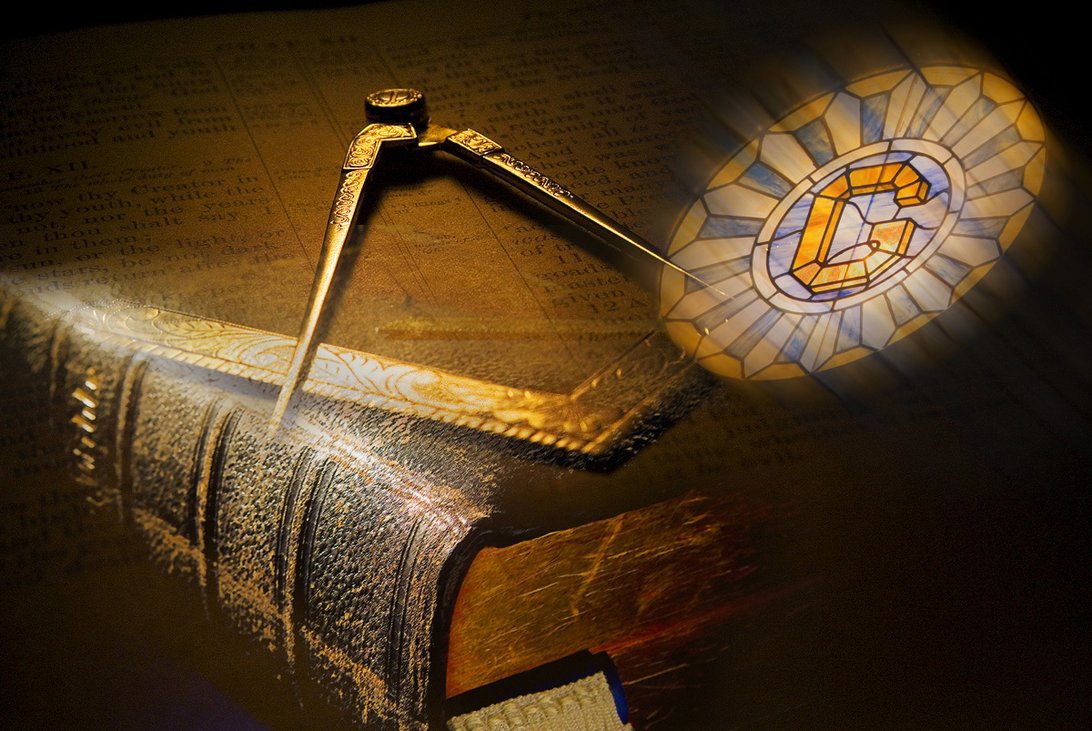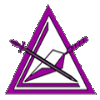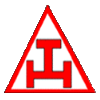In Hoc Signo Vinces – Symbols and Symbolism
In this installment of Symbols and Symbolism, we look at the meaning behind the iconic slogan of the York Right Knight Templars – In Hoc Signo Vinces (pronounced – in hohk sig-noh wing-kase). Translated from Latin to read “By this sign thou shalt conquer,” the motto, and its corresponding association with the passion cross are, […]



